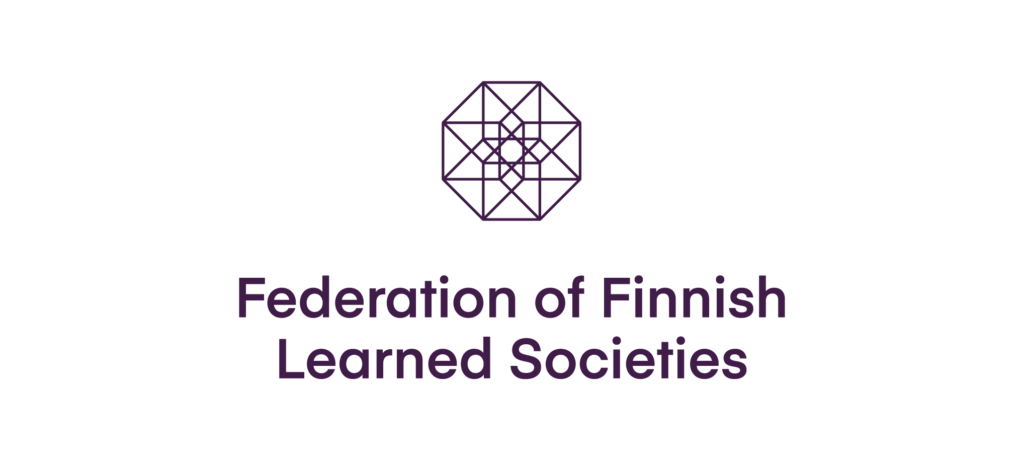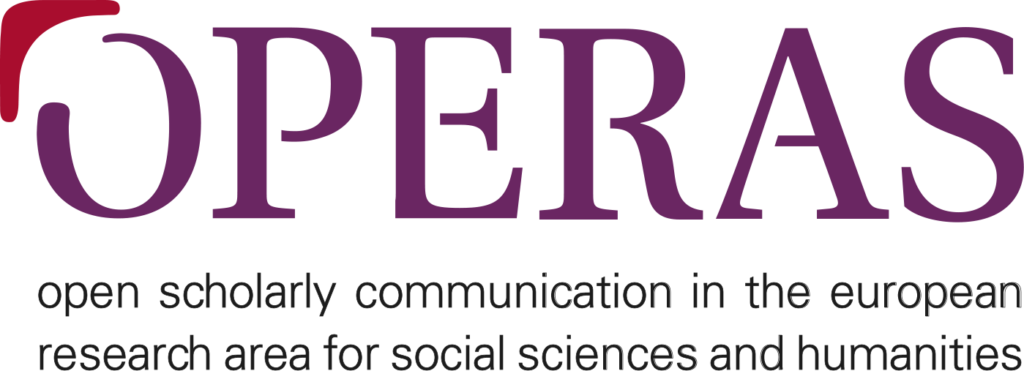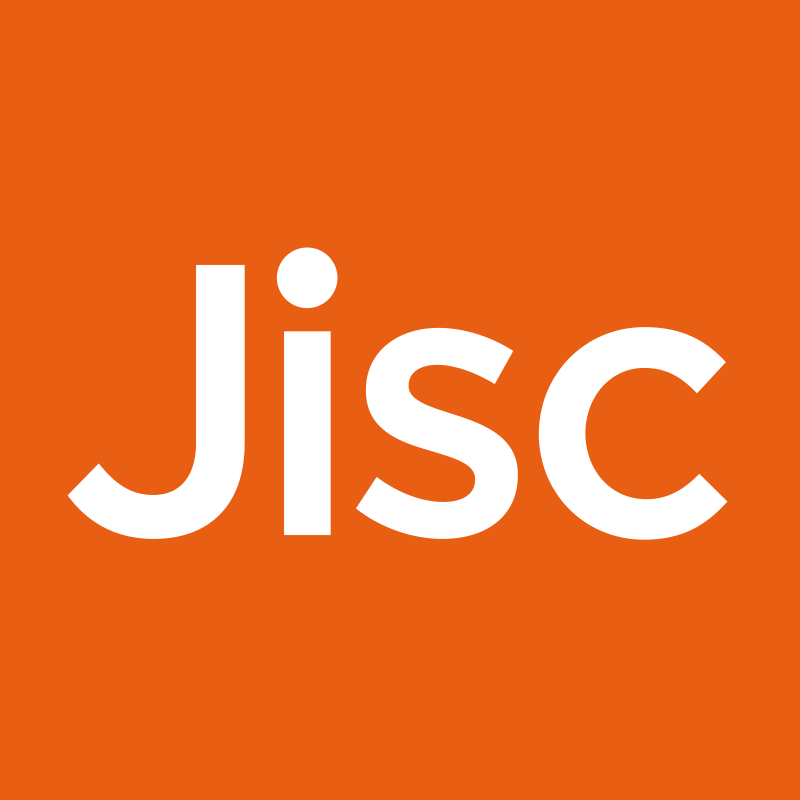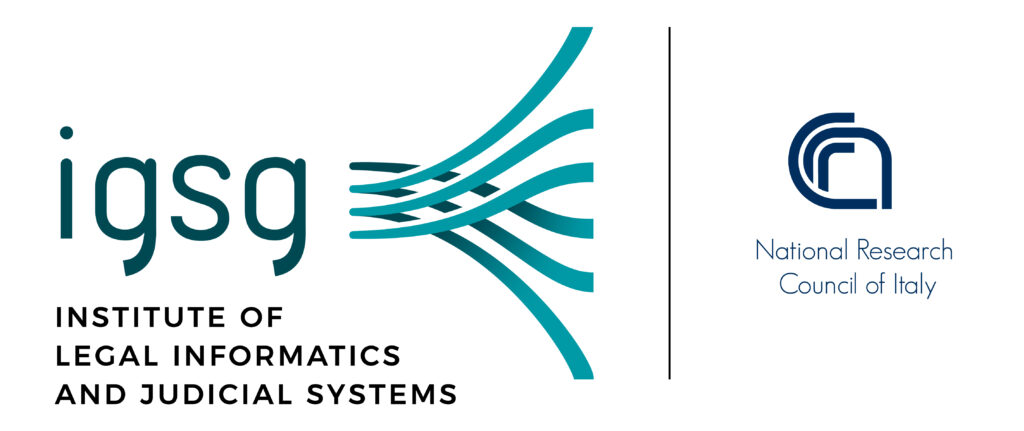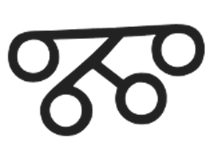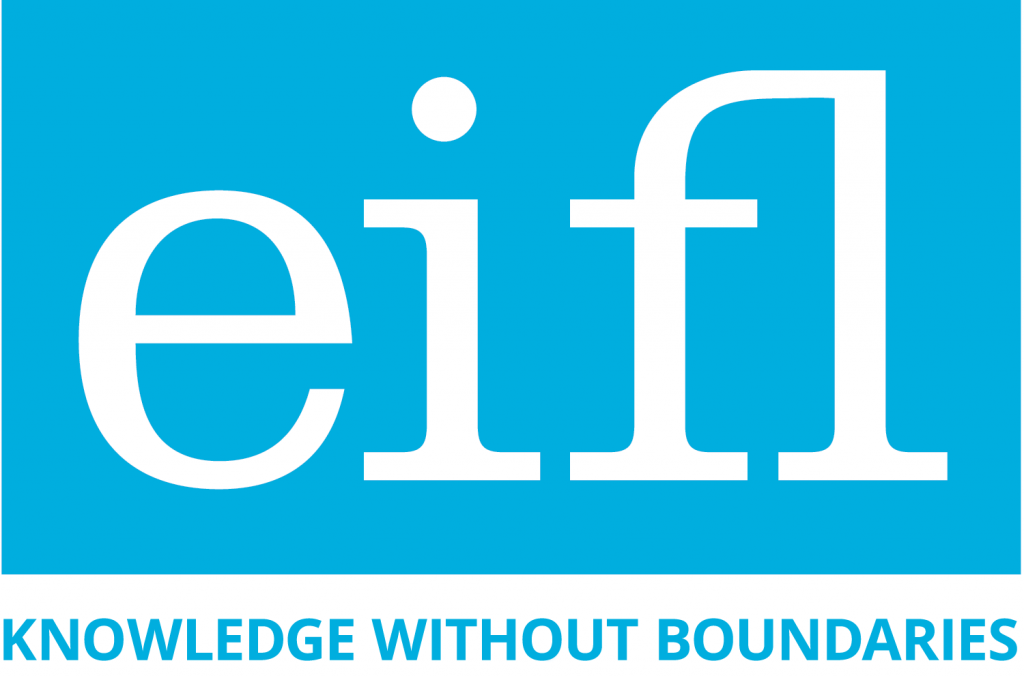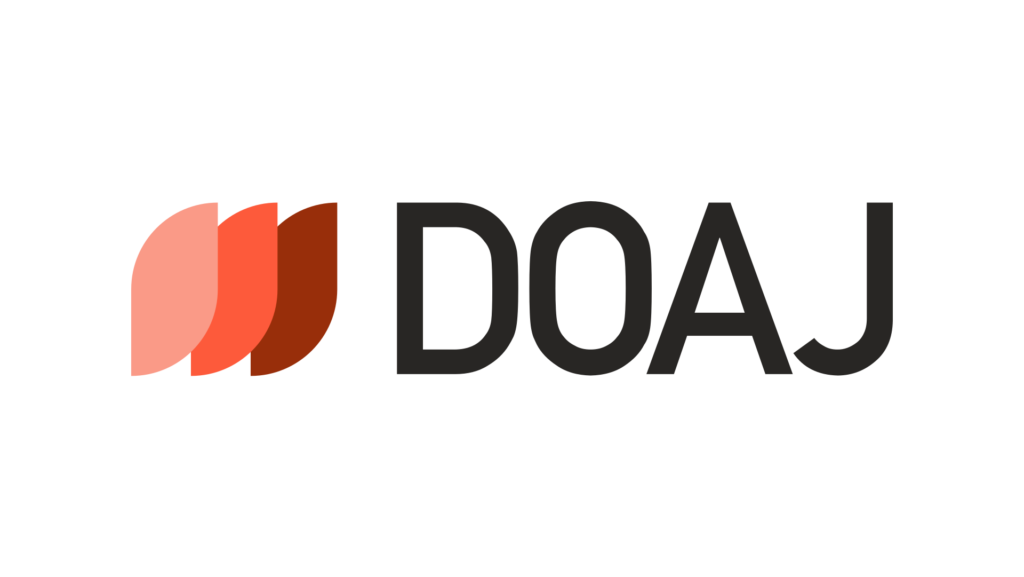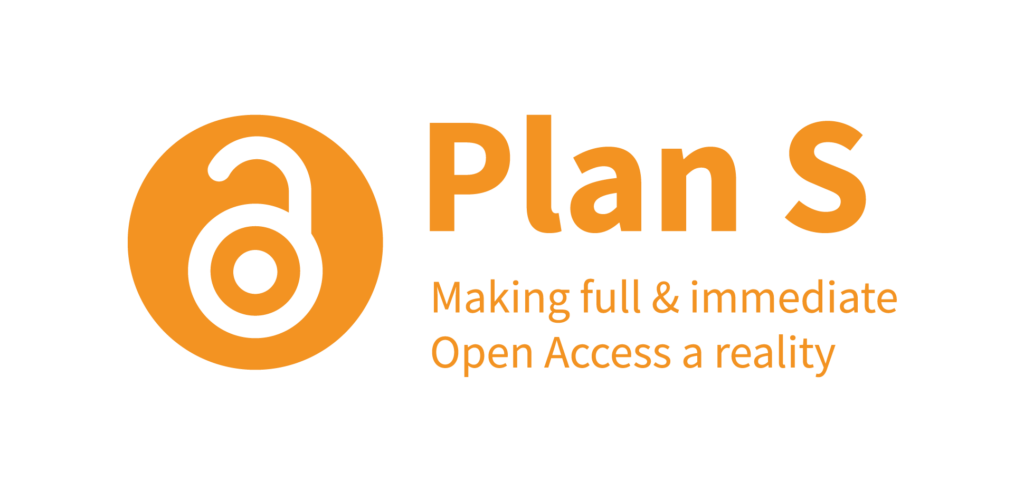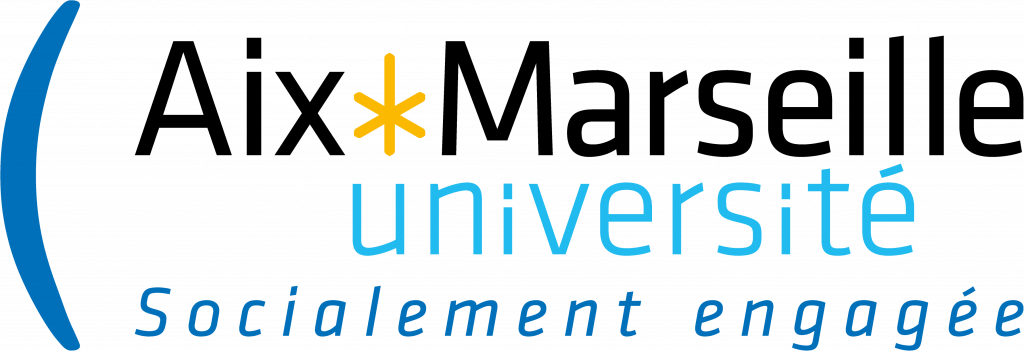The richness of Diamond Open Access (OA) publishing is characterised by its diversity: from the wide-ranging disciplines it serves in multiple languages to the types of organisations and networks involved in developing, running or maintaining it.
Institutional publishing is sustained in diverse ways across the European Research Area. Understanding the state of Diamond Open Access publishing across the European Research Area is a key goal in the DIAMAS project.
The current contexts for Diamond OA publishing in 10 countries from across the European Research Area feature in the newly-published National overviews on sustaining institutional publishing in Europe.
Key contextual points for institutional publishing in each country
 Croatia
Croatia
In Croatia, most journal publishers operate not-for-profit. Diamond OA journals predominate, thanks to community-led and publicly-funded infrastructures. To stay sustainable, diamond journals need strong political and financial support in the future.
 Finland
Finland
Finnish public funding for non-profit peer reviewed journals is unique in Europe. It is the learned societies that organise and deliver centralised tech services and distribute public funding. A new funding model for Diamond OA journals has been in development for a long time.
 France
France
A strong national Open Science policy, fund and robust national infrastructures. This is the French way to support Diamond OA. But libraries are still uncertain about their role.
 Germany
Germany
Germany has 50+ transformative agreements and OA transformation is a priority in the German publishing sector. Diamond OA journals also exist, but sustainability is a concern for small- and medium-sized Diamond OA journal publishers.
 Italy
Italy
In Italy, Diamond OA has room to grow. Centralized institutional OA monitoring does not yet exist, nor is there a national plan to fund institutional publishing. Research evaluation and requirements for grantees do not yet incentivise OA.
 The Netherlands
The Netherlands
The Netherlands aims for 100% open science by 2031. This transition is centrally financed by public funds over 10 years. Also, many Dutch institutions have funds to support publishing Diamond OA specifically.
 Norway
Norway
In Norway, research evaluation incentivizes OA publishing. Journals funded by the national research funding consortium must comply with the Diamond model. Norway recommends strengthening rights retention and Diamond OA in the future.
 Poland
Poland
84% of Polish journals are OA. The quantitative evaluation system requires Polish journals to compete with foreign ones. OA grants them more visibility and a chance to increase impact. Journal evaluations influence funding to institutions, on which journals mainly rely.
 Spain
Spain
Spain’s Open Science Strategy aims to incorporate open science principles in research funding, execution, communication and evaluation by 2027. The Science Law promotes openness and transparency, but without prioritising Diamond.
 United Kingdom
United Kingdom
The UK’s transition to OA has been driven by strong funder policies, backed by research institutions and structured by the national consortia. Jisc share their thoughts about the diversification of the UK scholarly publishing landscape and the emergence of Diamond OA.
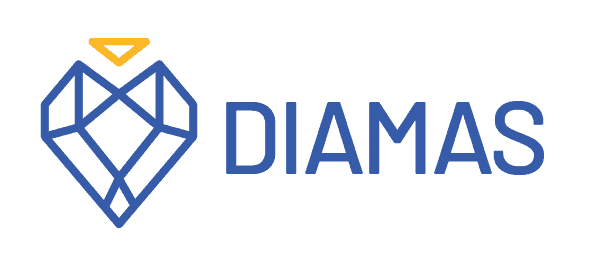


 Croatia
Croatia
 Finland
Finland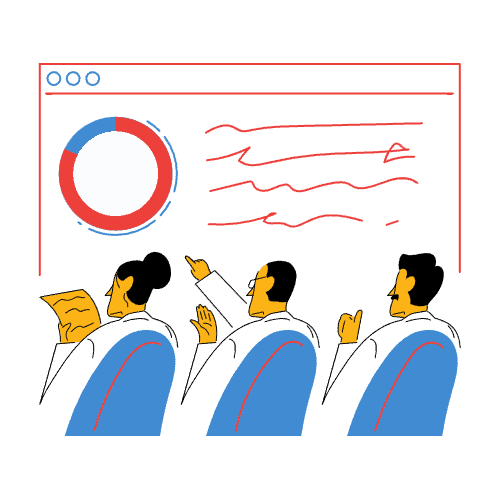
 France
France
 Germany
Germany
 Italy
Italy
 The Netherlands
The Netherlands
 Norway
Norway
 Poland
Poland
 Spain
Spain
 United Kingdom
United Kingdom









